Media Bias 101: The Difference Between News, Analysis, and Opinion
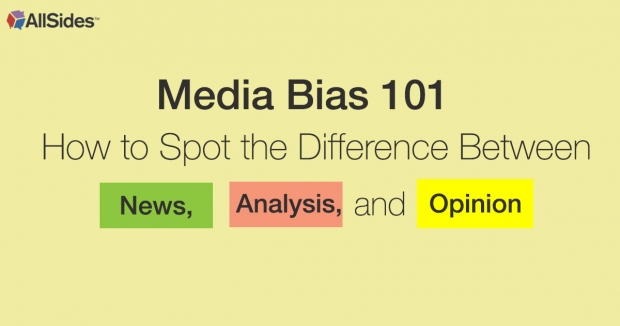
Many media outlets do not properly label content. You can be easily deceived by media bias when you think you’re reading news, but are actually reading someone’s opinion or analysis.
These guides can help you learn how to spot the difference.
News: What happened.
Analysis: What happened and why — writer considers facts and draws conclusions.
Opinion: What I think about what happened.
News: Crackdown "Violation of Human Rights"
Analysis: Crackdown Violation of Human Rights
Opinion: Crackdown Violation of Human Rights
Visit AllSides every day, where we clearly label content and provide media bias ratings, so you know exactly what you’re getting. But remember — the best way to spot bias is to think for yourself.
Julie Mastrine is the Director of Marketing at AllSides. She has a Lean Right bias.
Note: This piece was updated Oct. 9, 2020 after an AllSides reader sent feedback about implicit bias in the "News" example. They wrote:
The example assumed that the organization making the statement was unbiased and that their assertion that protesters had not become unruly was true. I know it is just a hypothetical example, but a poor one —particularly in the current environment — because it displays bias in favor of "civil liberty"-type organizations [that are] against law enforcement. “Civil liberty" organizations are essentially attorneys or agents for those who feel their rights have been violated. The have a fiduciary responsibility to get the best deal for their client...period. Whether their client is right, wrong, lying or otherwise is irrelevant to that responsibility.
Law enforcement has been given a black eye by anecdotal instances that frequently don’t stand up under full statical and context analysis. That is why the cops are often acquitted or not even charged when all of the facts and unedited body-cam footage has been reviewed.
I know that wasn’t the point of the article, but I suspect there are precious few situations where law enforcement has used tear gas unprovoked against peaceful protesters. I think you could have used a more likely example to make the same point.
This is an important point in our current landscape. My intention with the "News" graphic was to demonstrate how quotes can be written without spin; reporting on a quote doesn't necessarily endorse the viewpoint of the organization giving it. To be truly unbiased, the reporter would have to include the other side as well — in this fictional example, a quote from law enforcement or a bystander perhaps arguing protesters had indeed become violent/unruly, or from a group that has a different account or perspective on what happened. The piece has been updated to include this!
- Julie M.
How can we create a forward-looking vision of America?
U.S. Bahá’í Office of Public Affairs
April 18 at 9am PT / 12pm ET
Surviving This Election Year With Grace and Hope
Crossing Party Lines
April 19 at 11am PT / 2pm ET
Meta-Dialogue Series: In Search of a Theory
Waging Dialogue
April 20 at 9am PT / 12pm ET
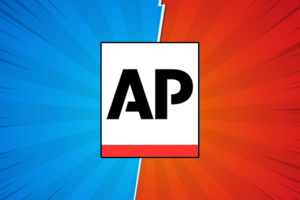
April 17th, 2024
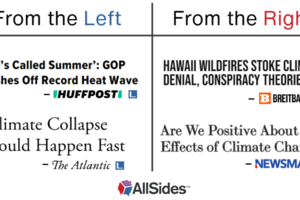
April 17th, 2024
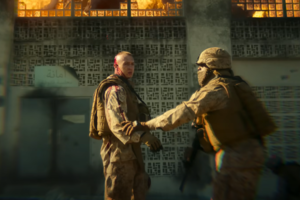
April 16th, 2024
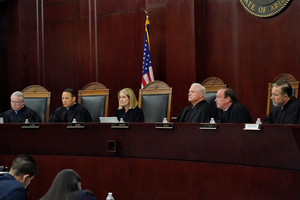
April 15th, 2024